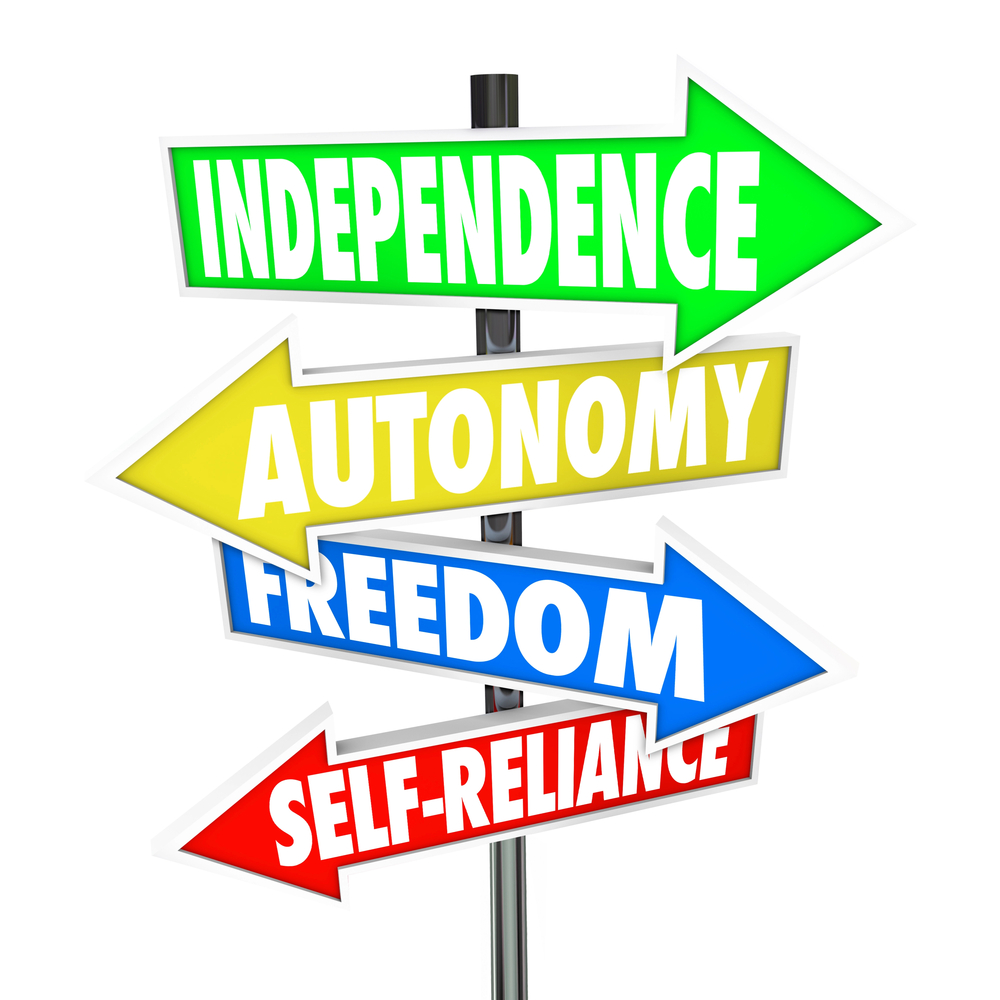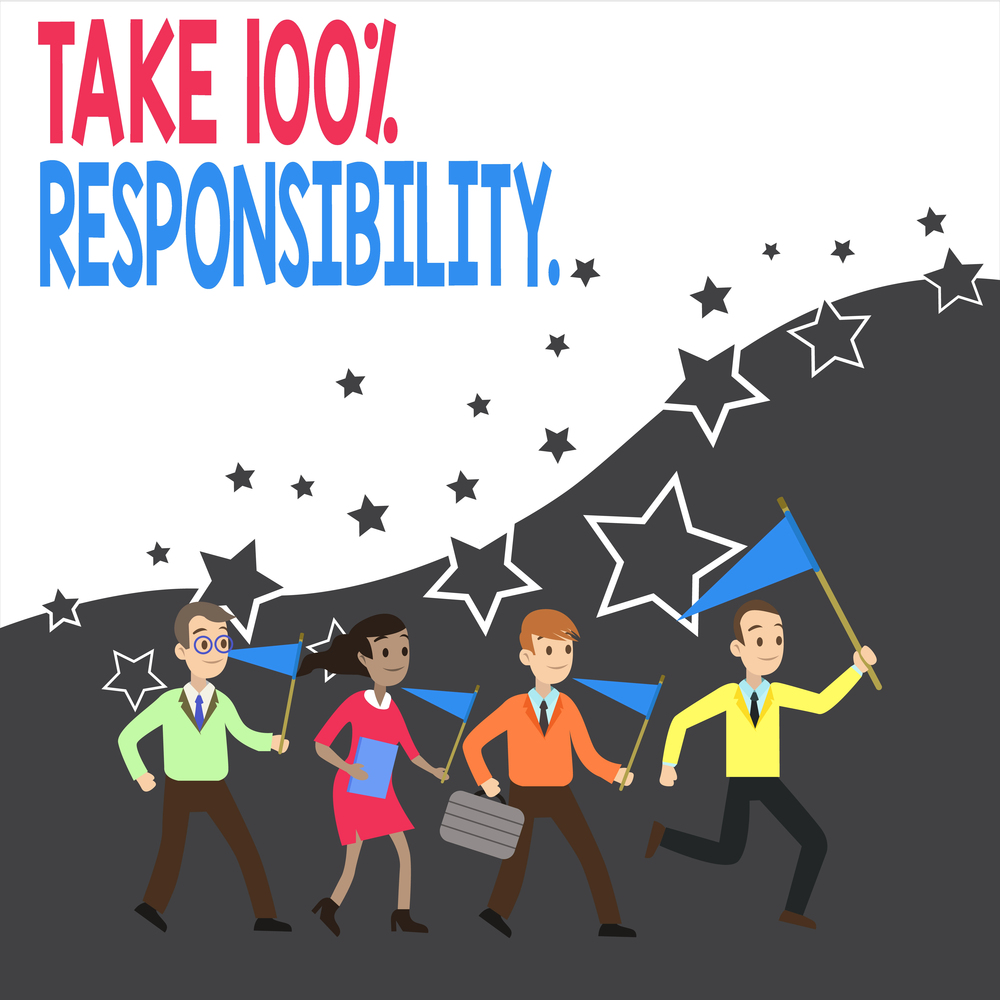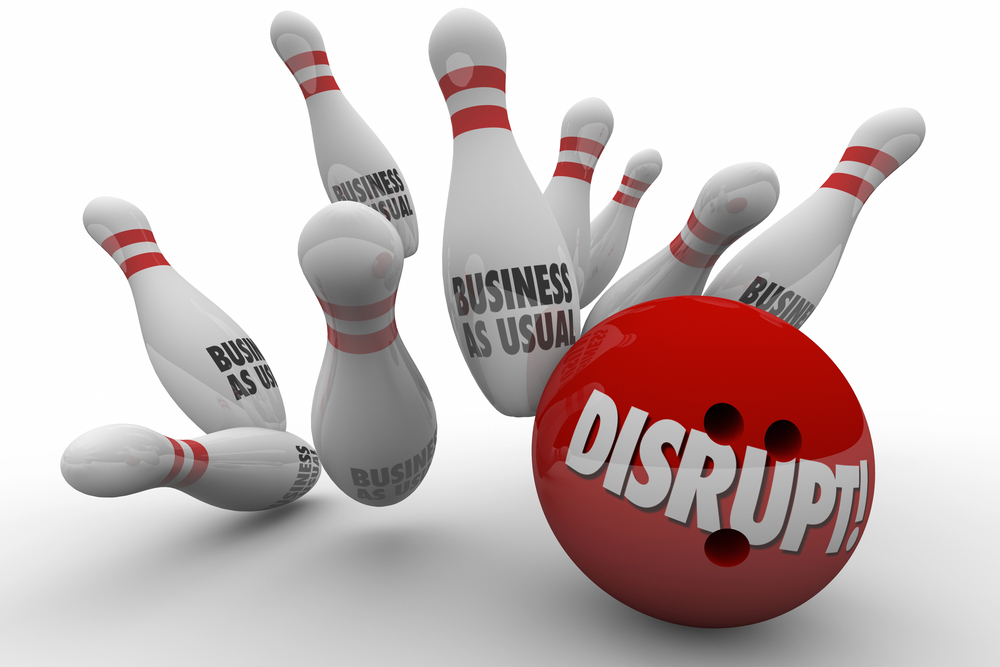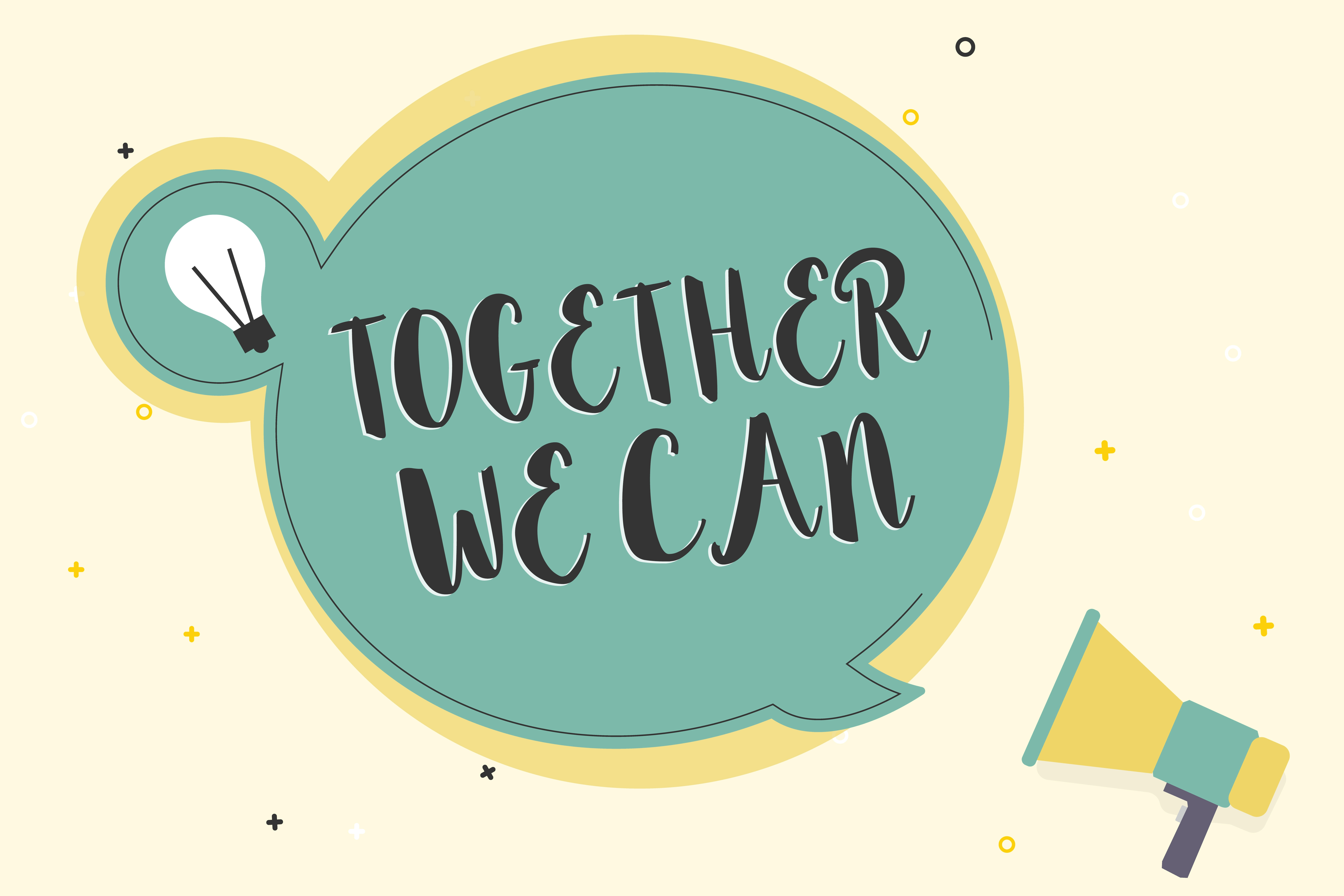
Taking Back Control: One of the most disheartening things I often hear is when people with disability expect that the digital content is not going to be accessible to them. Conversely, people assume that individuals with disabilities cannot access or understand digital content. Whether it’s someone with autism spectrum disorder feeling overwhelmed by information or someone with severe vision or hearing impairments struggling to comprehend the content, these barriers to communication hurt everyone in the community.
 Breaking Free from Barriers
Breaking Free from Barriers
So, what can individuals with disabilities do? First and foremost, it’s important to overcome the fear and stand up for ourselves. We need to voice our need for information to be provided in an accessible format and request service providers to accommodate us. As Jeanette Jifkins mentioned in our conversation, failing to provide reasonable access to information can actually be a violation of the Disability Discrimination Act. It may seem daunting, but it’s time to take back control.
 Shifting Mindsets
Shifting Mindsets
In this week’s podcast, Laura McIntosh speaks about reclaiming power and transitioning from a state of helplessness to empowerment. She introduces the acronym BED, which stands for Blaming others, Making excuses, and Denying our own capabilities. While some situations may present challenges, with today’s technology and the knowledge individuals with disabilities possess, we can overcome them.

The Power of OAR
Laura also discusses another acronym called OAR, which stands for Ownership, Actions, and Responsibility. It emphasizes the need for people with disabilities to recognize their own power, intelligence, and capability. In Australia alone, there are approximately 5.5 million people with disabilities, including CEOs, university chancellors, members of parliament, and people excelling in various fields. We have diverse skills and qualifications, from highly technical trades to parenting and managing everyday life.

Taking Back Control
To regain control, we must communicate our needs to companies and organizations, urging them to provide information in accessible formats. Education plays a vital role in this process. The more we educate others about the tools and technologies available to us, the more likely they are to understand and accommodate our needs. By taking ownership and action, we send a message to businesses that if they cannot meet our accessibility requirements, we will find alternatives. This requires leadership and a collective effort from the community.

Community Responsibility
It’s crucial for everyone in the community to play a role in creating an inclusive environment. When visiting a café or a business, we can observe if their point-of-sale (POS) machines are accessible. Staff members should be trained on how to assist people with disabilities. When interacting with individuals with disabilities, it’s essential to ask their preferences and provide information in their preferred format, whether it’s email, phone calls, or face-to-face meetings. Business owners should actively seek input from their clients and ensure their communication methods are accessible to all.

Breaking Beliefs
We must challenge our own belief systems and assumptions. Instead of assuming someone needs help, ask if they require assistance. As Allen Parker from Peak Personal Development wisely advises, knowledge confirms, clarifies, and breaks our belief systems. It’s important to verify facts and not rely on assumptions when it comes to communication with people with disabilities.

Empowerment
Communication is a shared responsibility within the community. People with disabilities must take ownership, action, and responsibility for their communication needs. Simultaneously, everyone else in the community should join this movement by fostering understanding, accommodating diverse needs, and challenging assumptions. By working together, we can create an inclusive society where individuals with disabilities have equal access and opportunities.
